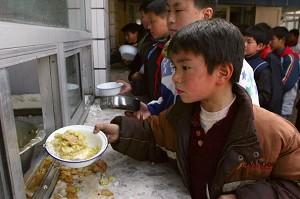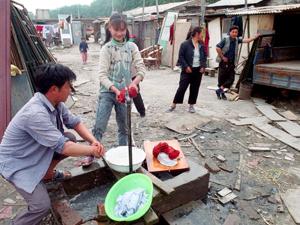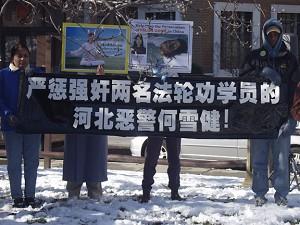Recently, in a forum on the safety of children’s food in China, research published by the Nutrition and Food Science Institute for the Center of Disease Control showed that one-third of the products labeled ‘children’s nutritional food’ had no nutritional value, and another one-third didn’t contain the nutrients shown on the label.
According to China Youth Daily, the China Soong Ching Ling Foundation and the Chinese Institute of Food Science and Technology held a Chinese Youth & Children’s Food Technology and Industrial Development Forum.
The main topics of the forum were looking after the nutrition and safety of children’s food, developing the technology of children’s food, and ensuring the proper development of the industry. An expert from the China Agriculture University suggested that China enact laws to regulate the nutritional content of children’s food and to manage the hygiene of such food.
The expert said that because children are growing, they are more susceptible than adults to the problems resulting from poor nutrition. Although the development of science can enhance the quality of people’s diets, it sometimes adds some unsafe factors to food manufacturing.
Consuming unsafe food has brought people, especially children, serious harm. For example, the overuse of artificial chemicals in the food, the increased use of chemical fertilizers, the preservatives in processed food, dyes, sweeteners, etc, can all compromise people’s health.
Wu Fan, chief editor of China Affairs, a U.S.-based internet magazine, commented on the counterfeit products in China’s market, “In general, anything could be counterfeit in China now, anything you can think of. A while ago, a pharmaceutical company in Heilongjiang province sold drugs to Guangzhou province. Someone died after injecting these drugs. An investigation found that the pharmaceutical company was no longer run by the government but had been privatized. The regulation process is too disorganized to be effective.”
A member of the China Children’s Food Industry Safety Credit System said that the children’s food market in China lacks micro-regulation and industrial guidance. The manufacturers struggle to survive despite disorganized regulations and stiff competition. There are always problems. The lack of supervision in food processing and transportation also negatively impacts the proper development of the industry.
China currently does not have a unified definition and standard for food safety. According to the Department of Standardization and Administration, over the next two years, China will enhance its food safety standard system by modifying almost half of its current standards for food.
Wu also said that China has regulations against counterfeit products. However, its corrupted system makes it impossible for these regulations to be effective. “This issue is rooted very deeply in society. It involves the Chinese people’s morality nowadays, the government system in China, and how the regulations are carried out ”
According to Wu, food industry businesses collude with government officials to circumvent the regulatory system. Of course, there are other government institutes enacting laws to counteract the corruption, but the executive departments are often bribed by the businesses. They do not seriously enforce the laws. Even if the laws were enforced and the courts passed judgments, the executive departments don’t necessarily enforce the court’s rulings. Everything is linked together and nothing gets done.



